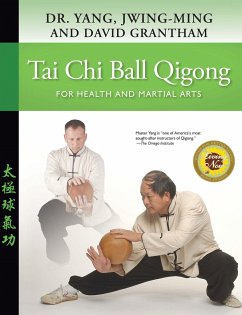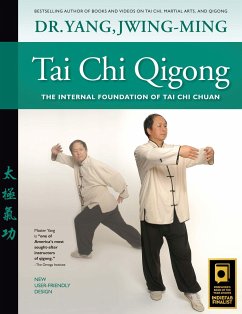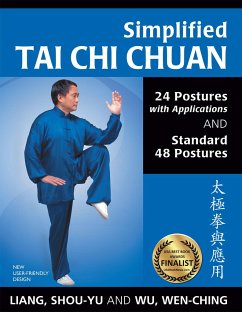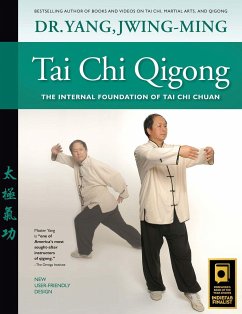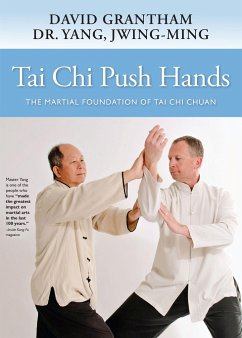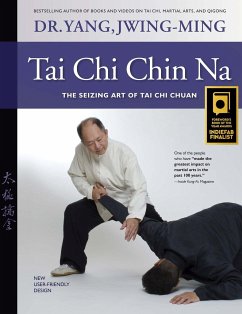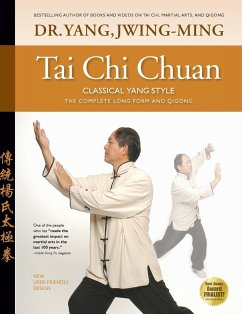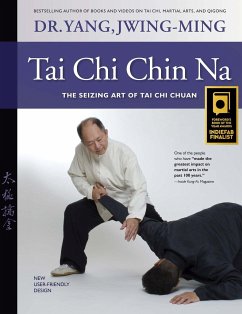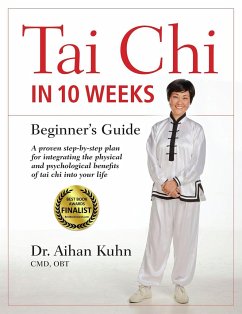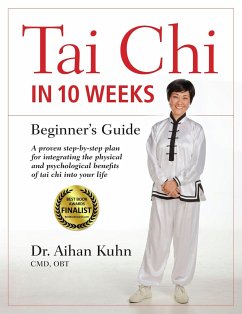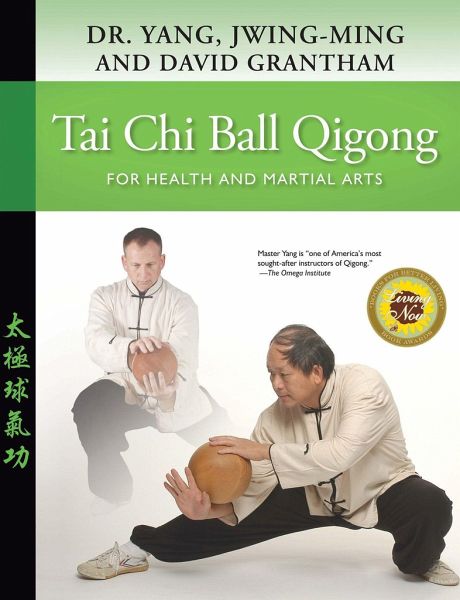
Tai CHI Ball Qigong
For Health and Martial Arts

PAYBACK Punkte
15 °P sammeln!
Tai Chi Ball Qigong training is a long established method for increasing the body's physical power and Qi (energy). This training strengthens the torso, bones, muscles, ligaments, and improves root and balance. It helps with concentration and alertness, and teaches you how to lead and manifest Qi, which is key for martial power. Tai Chi Ball Qigong is good for all ages and any martial art style.





